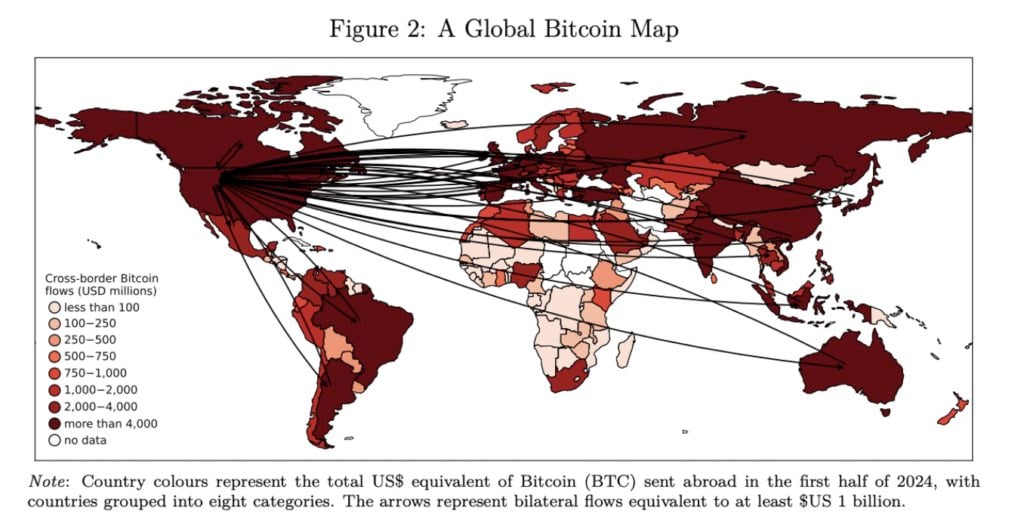In the current global economic environment characterized by widespread uncertainty, the Bank for International Settlements (BIS), often referred to as the "central bank of central banks," released a new report, discovering that Bitcoin usage shows a significant upward trend precisely when the traditional financial system is under pressure, seemingly indirectly confirming Bitcoin's role as a "digital safe haven".
Bitcoin Usage Grows Against the Trend Under Economic Stress
By analyzing Bitcoin's on-chain transaction data, active address numbers, and user holding behaviors across multiple dimensions, the BIS report clearly points out that during periods of economic stress, Bitcoin's transaction activities, especially its on-chain activity and shortened average holding time (indicating more frequent transfers and usage), show clear growth.
This finding poses a powerful challenge to previous perspectives that viewed Bitcoin merely as a pro-cyclical volatile asset.

Bitcoin's Hedging Potential and Market Positioning
Traditional hedging assets, such as gold or sovereign bonds from specific countries, are typically sought after by investors during market volatility or uncertain economic prospects, as they are generally considered capable of preserving value or offsetting potential risks. Whether Bitcoin truly possesses "hedging asset" characteristics has always been a focal point of market discussion.
Although the BIS report does not directly define Bitcoin as a traditional hedging asset, this highly credible top global financial institution's solid data confirmation of Bitcoin's unique market performance and counter-cyclical growth pattern under specific economic stress environments undoubtedly provides a fresh interpretative dimension for understanding its market behavior.
However, we must also soberly recognize that challenges and uncertainties remain the main theme of the cryptocurrency market. Especially against the backdrop of an increasingly complex and changing global economic landscape, Bitcoin's future evolutionary path still requires continuous and cautious observation.







